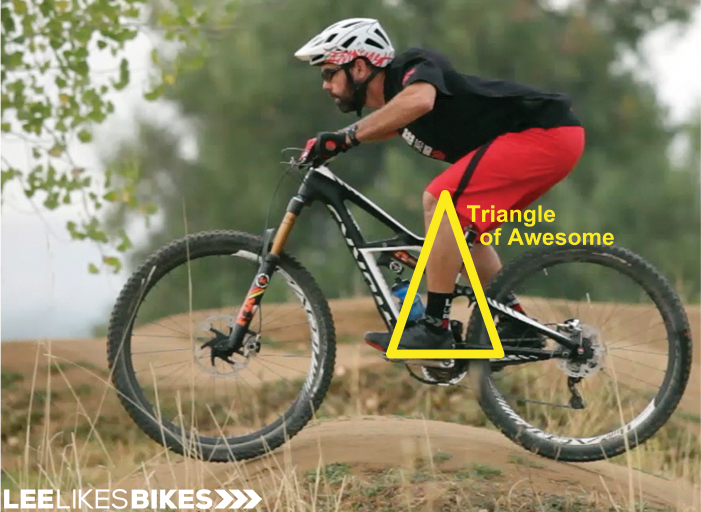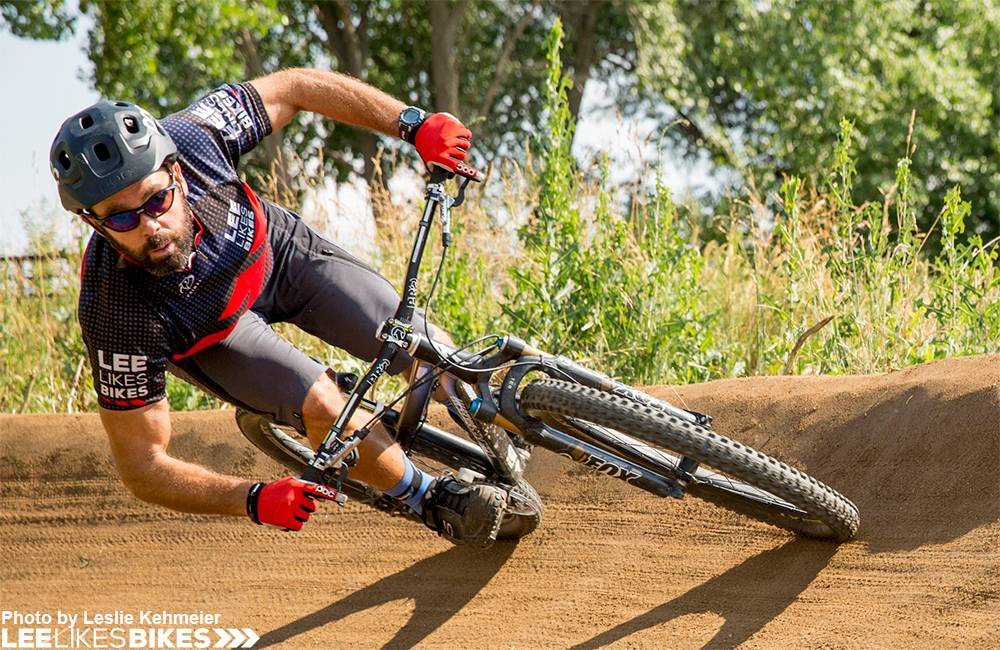Gravel cycling is one of the fastest-growing areas in the industry. Many cyclists are coming from different divisions of cycling and crossing over to gravel. With that comes a learning curve. FLO started as a road/tri wheel company and we have since expanded to gravel. If you are currently transitioning or adding gravel to your cycling, and find yourself struggling on corners, features, climbing, descents, or anything else gravel may throw at you, one key factor may be missing- bike handling.
Instead of just increasing tire size and lowering our pressure, we can learn a lot from mountain bikers. If you go back 30 years, the best mountain bikers accomplished feats on bikes that would leave most people hospitalized. Their ability to handle a bike, that had little technology, was better than anyone else. Today, the best athletes are still the best handlers, they just have the additional benefit of bikes that can do a lot more.

We recently had Lee McCormack, a world-renowned mountain biker, author, instructor, coach, and speaker, on our podcast, FASTER Cycling, to discuss the key bike handling skills. Here is a recap of those fundamentals:
Row and Anti-Row
Row and anti-row refer to the technique of using opposing forces to maintain balance and control on a bike.
When you, the rider, encounter a trough on the road or trail, your bike naturally rolls through it, causing the handlebars to rock back toward you. This is called row. To counteract this motion, pull back on the handlebars, which engage your arms and push with your feet, effectively locking them into the bike. This motion also transfers weight to the rear wheel, improving traction and stability.
Conversely, when you, the rider, encounter a crest on the road or trail, your bike will roll over it, causing the handlebars to rock away from you. This is called an anti-row. To counteract this motion, push forward on the handlebars, which engage your arms and pull with your feet, effectively locking them into the bike once again. This motion transfers weight to the front wheel, improving control and steering.
Think of row and anti-row in terms of the bike’s center of gravity and weight distribution. By using opposing forces to transfer weight between the front and rear wheels, you can control the bike’s balance and stability in different riding conditions. Additionally, by engaging both the arms and feet, you can create a more stable and efficient power transfer system, allowing for greater speed and control.

Heavy Feet & Light Hands
To effectively implement row anti row to your ride, you must also follow the concept of heavy feet and light hands. The goal when riding any bike is to keep your center of mass over the bottom bracket which keeps you balanced over the bike- forwards and backward and side-to-side. Row and anti row allows your center of mass to stay over the bottom bracket as the terrain changes.
However, if you place too much weight down on the bars, your center of mass is forward and you risk going over the bars. Leaning so far back that you pull up on the bars moves your center of mass toward the back and leads to its own set of issues.
Light hands and heavy feet + pull the bars/push the feet, push the bars/pull the feet, allow your center of mass to stay over the bottom bracket with your hands and feet moving around your balanced center of mass.
How Wheels Impact Bike Handling
When we developed the FLO Gravel Wheels, we wanted to make them very aero. The deep carbon profile creates a natural carbon leaf spring. We knew this from our work developing road wheels but we did not know the big impact it would have on bike handling on gravel. We immediately noticed the reduction in chatter on the front wheel and its ability to track straight on the trail. This reduces loses from rolling resistance, and improve rider performance by reducing vibration in the body. We weren’t the only ones to notice this. Check out the review from Riding Gravel to get their take.
Working with a Bike Handling Coach
Most triathletes and road cyclists think about coaching from a fitness perspective but when you move to gravel or mountain biking, bike handling is equally as important. If you find yourself struggling to ride efficiently and without fear, you may find coaching beneficial. If so, we recommend you check out Lee and his many options for bike handling coaching.


Co-founder at FLO Cycling. Jon manages the day to day operations and acts as the lead engineer for all FLO products.
